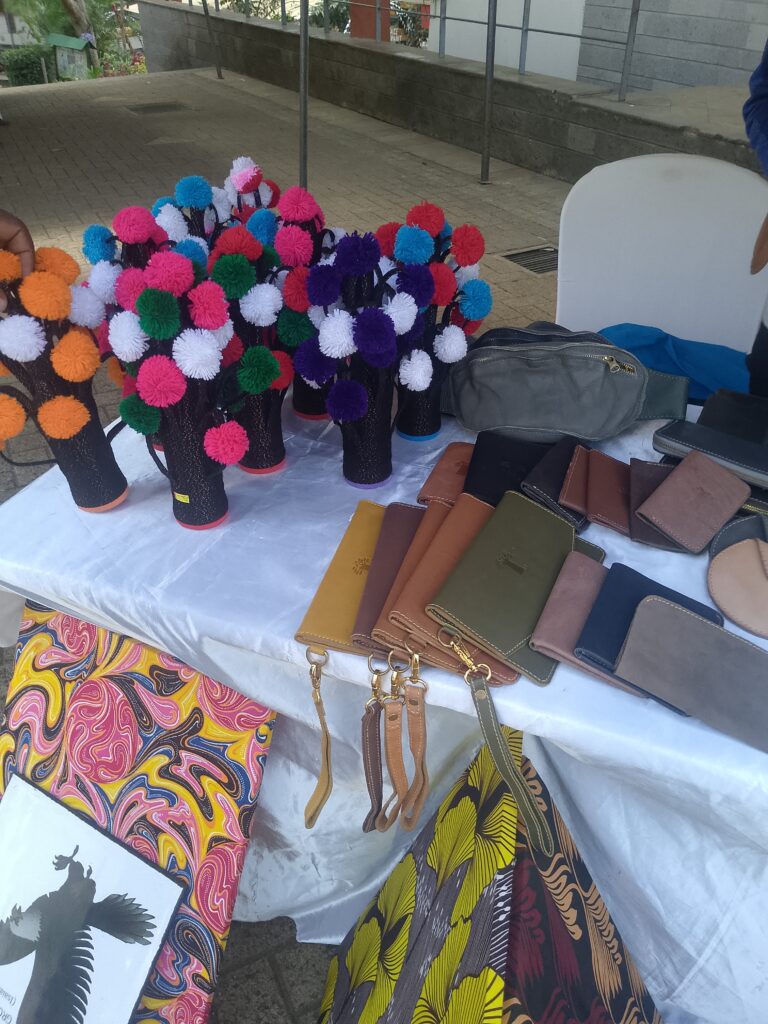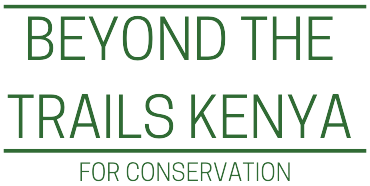Contact : +254 725 877 146
How the Refill & Reuse Festival Showcased a More Just Future
We are drowning in plastic. It is a crisis we see every day, in our streets, our rivers, and our oceans. But behind the visible pollution lies an inconvenient truth: the people who had benefited the least from plastic are the ones who are affected by it most.

The problem is systemic, and it had been getting worse. Plastic production has skyrocketed from 5 million tonnes in the 1950s to a staggering 400 million tonnes in 2019. The trajectory is clear: if nothing is done, this number is set to triple by 2050.
This isn’t just an environmental issue; it is a social and economic one. With more valueless, single-use plastics being produced, waste workers and recycling industries will be left with less to salvage and sell, while our environment pays the ultimate price.
The Limits of Recycling and the Call for Systemic Change
For too long, the burden of solving the plastic crisis had been placed on the individual consumer and the recycling system. But recycling alone could not save us. We needed to address the problem at its source.
The solution required a fundamental systemic change in how we package, consume, and think about products. We have to cut production, redesign products, and reconsider our entire consumption process.

The Future is Circular: The Power of Refill & Reuse
So, what was the alternative? It was a system that was not new to Africa or many parts of the world. It is a return to the principles of stewardship our communities have long practiced: Refill and Reuse.
Refill means using a container repeatedly by replenishing its contents—like refilling a shampoo bottle instead of throwing it away.
Reuse involves using an item for its original or a different purpose, extending its lifespan far beyond a single use—like using a glass jar to store food.
This isn’t just a nostalgic concept; it is a powerful economic opportunity. Studies has shown that transforming even 20% of single-use packaging into reusable solutions could unlock an annual business opportunity of $10 billion. For Africa, this means more than just economic growth; it means empowerment, employment, and environmental justice.
The Movement Came Together at the Refill & Reuse Festival
The time for talking was over. The time for action had arrive. That was why Greenpeace Africa hosted the Refill & Reuse Festival this November.
What: A festival that showcased sustainable alternatives to single-use plastics.
When: 14th & 15th November 2025 | 10 AM – 4 PM (Both Days)
Where: National Museums of Kenya, Nairobi

The event was more than an exhibition; it was a vibrant glimpse into a future where our streets will be clear, our economies will be inclusive, and our planet will be healthy. It is about building a system that provides decent working conditions, protects our environment, and promotes a true circular economy.
The festival stood as a powerful testament to a simple idea: Actual justice went beyond clean streets; it involved reforming a system. Humans had created the plastic crisis, and at the festival, we saw that it was humans who were building the solution.
Together, we took a definitive step towards that future.
